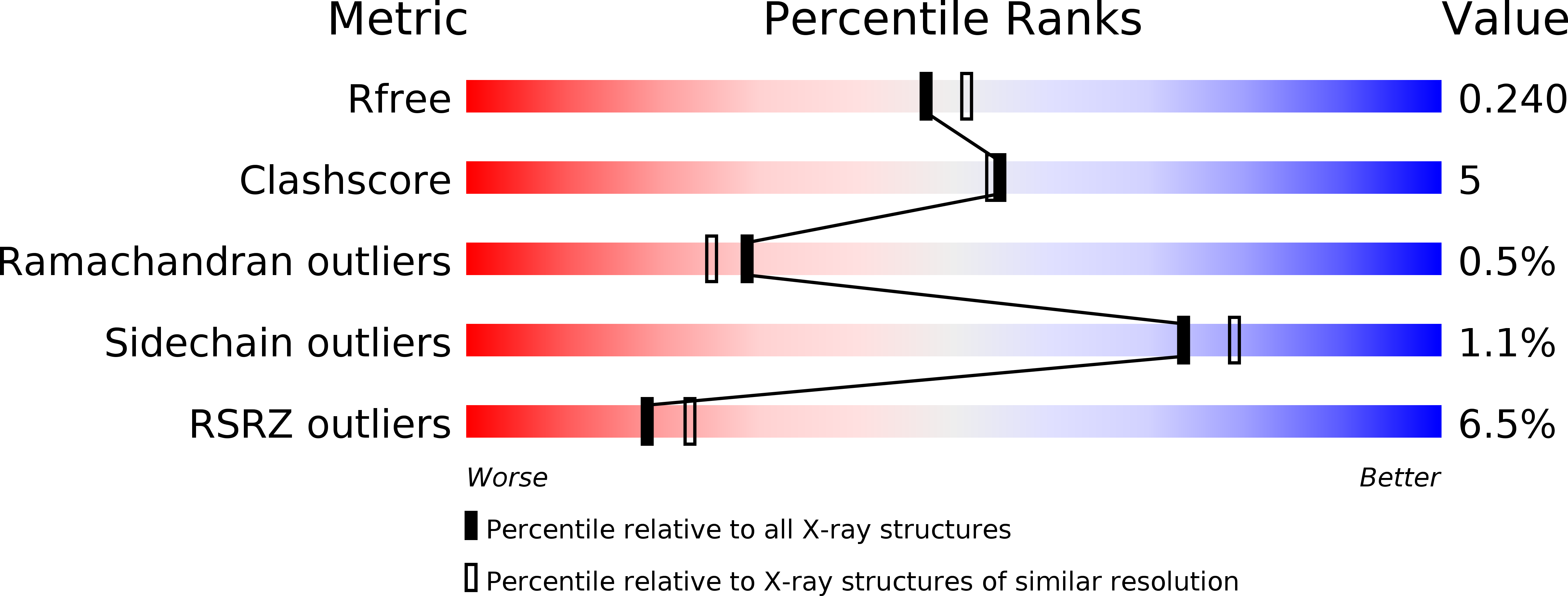Abstact
1,N(6)-Ethenodeoxyadenosine (1,N(6)-ϵdA) is the major etheno lesion formed in the reaction of DNA with epoxides substituted with good leaving groups (e.g. vinyl chloride epoxide). This lesion is also formed endogenously in DNA from lipid oxidation. Recombinant human DNA polymerase η (hpol η) can replicate oligonucleotide templates containing 1,N(6)-ϵdA. In steady-state kinetic analysis, hpol η preferred to incorporate dATP and dGTP, compared with dTTP. Mass spectral analysis of incorporation products also showed preferred purine (A, G) incorporation and extensive -1 frameshifts, suggesting pairing of the inserted purine and slippage before further replication. Five x-ray crystal structures of hpol η ternary complexes were determined, three at the insertion and two at the extension stage. Two insertion complexes revealed incoming non-hydrolyzable dATP or dGTP analogs not pairing with but instead in a staggered configuration relative to 1,N(6)-ϵdA in the anti conformation, thus opposite the 5'-T in the template, explaining the proclivity for frameshift misincorporation. In another insertion complex, dTTP was positioned opposite 1,N(6)-ϵdA, and the adduct base was in the syn conformation, with formation of two hydrogen bonds. At the extension stage, with either an incorporated dA or dT opposite 1,N(6)-ϵdA and 2'-deoxythymidine-5'-[(α,β)-imido]triphosphate opposite the 5'-A, the 3'-terminal nucleoside of the primer was disordered, consistent with the tendency not to incorporate dTTP opposite 1,N(6)-ϵdA. Collectively, the results show a preference for purine pairing opposite 1,N(6)-ϵdA and for -1 frameshifts.



